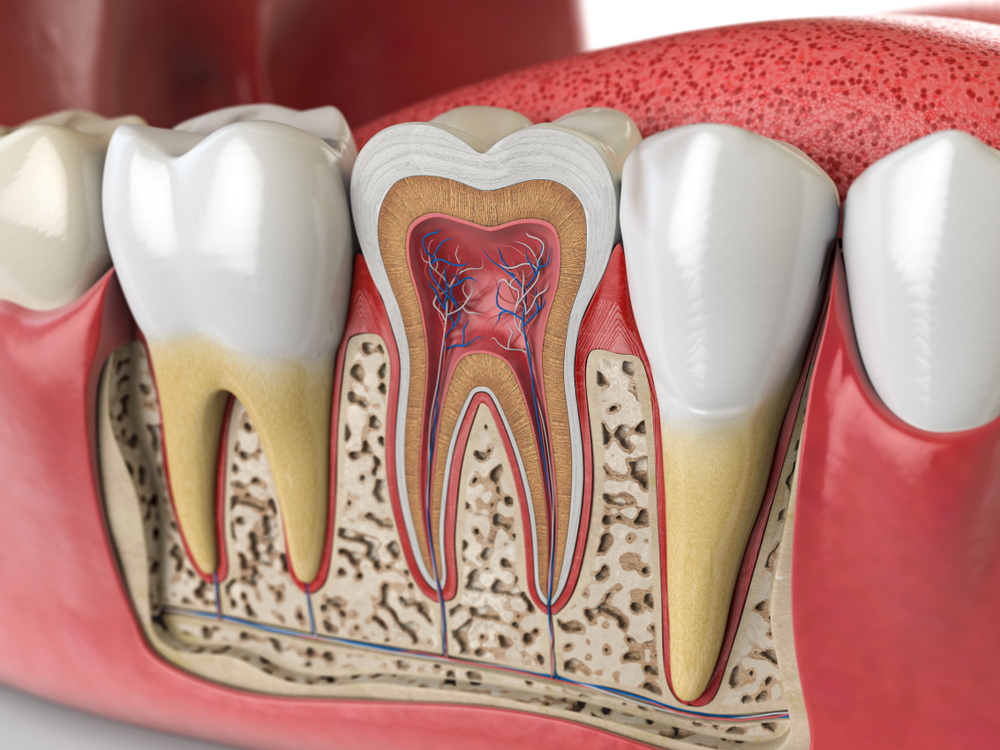
Endosonic RCT
- Home
- Endosonic RCT
Endosonic RCT (root canal treatment) is a dental procedure that uses ultrasonic technology to clean and disinfect the inside of a tooth that has been infected or damaged due to decay or trauma. Unlike the traditional RCT done with hand files, endosonic RCT involves the use of a specialised endosonic handpiece, which generates high-frequency sound waves and vibrations that are transmitted to a small file or tip inserted in the pulp canals.
The endosonic handpiece can reach the intricate and hard-to-reach areas of the root canals that traditional hand instruments cannot, making the procedure more thorough and effective. After the canals have been cleaned and shaped, a filling material is placed to seal the canals and prevent further infection.
Endosonic RCT is considered a highly effective and safe procedure for treating infected or damaged teeth and is typically performed by a dentist or endodontist who has received specialised training in the technique. The procedure is usually completed in one or two visits, depending on the complexity of the case and the extent of the damage or infection.

Endosonic root canal treatment is recommended for patients with an infected or inflamed tooth pulp, which can cause severe pain and sensitivity. This procedure involves using ultrasonic waves to clean and shape the root canal system and is faster than the traditional hand filing system. It is recommended for the patients who wish to get their RCT done in single sitting. It may also be recommended for patients with deep decay or trauma to the tooth.

If you are experiencing severe, persistent tooth pain, especially when you bite down or apply pressure to the affected tooth, it may be a sign of a deep cavity or infection that has reached the nerves and blood vessels inside the tooth.
If you feel a sharp pain or sensitivity when eating or drinking hot or cold foods and beverages, it may be an indication of nerve damage or infection within the tooth.

If you notice swelling, tenderness, or a small bump on your gum near the affected tooth, it may be a sign of a dental abscess, which requires immediate attention.
If your tooth has turned dark or discoloured, it may be a sign that the nerve or blood vessels within the tooth have died or been damaged.
If you have experienced trauma or injury to your tooth, such as a crack or chip, it may have damaged the pulp inside, leading to infection or inflammation.
Before the procedure, your dentist or endodontist will conduct a thorough evaluation to determine if endosonic RCT is necessary. This may include a dental exam, x-rays, and other diagnostic tests.


Radiant Dental has a team of experienced and skilled dentists who have years of experience in performing endosonic root canal.

Radiant Dental takes pride in providing the best possible treatment that aims to improve your smile.
Stay informed about the latest facts, tips, and tricks to maintain excellent oral hygiene and achieve a glowing smile by reading more. Keep yourself updated and enhance your knowledge about oral health.
